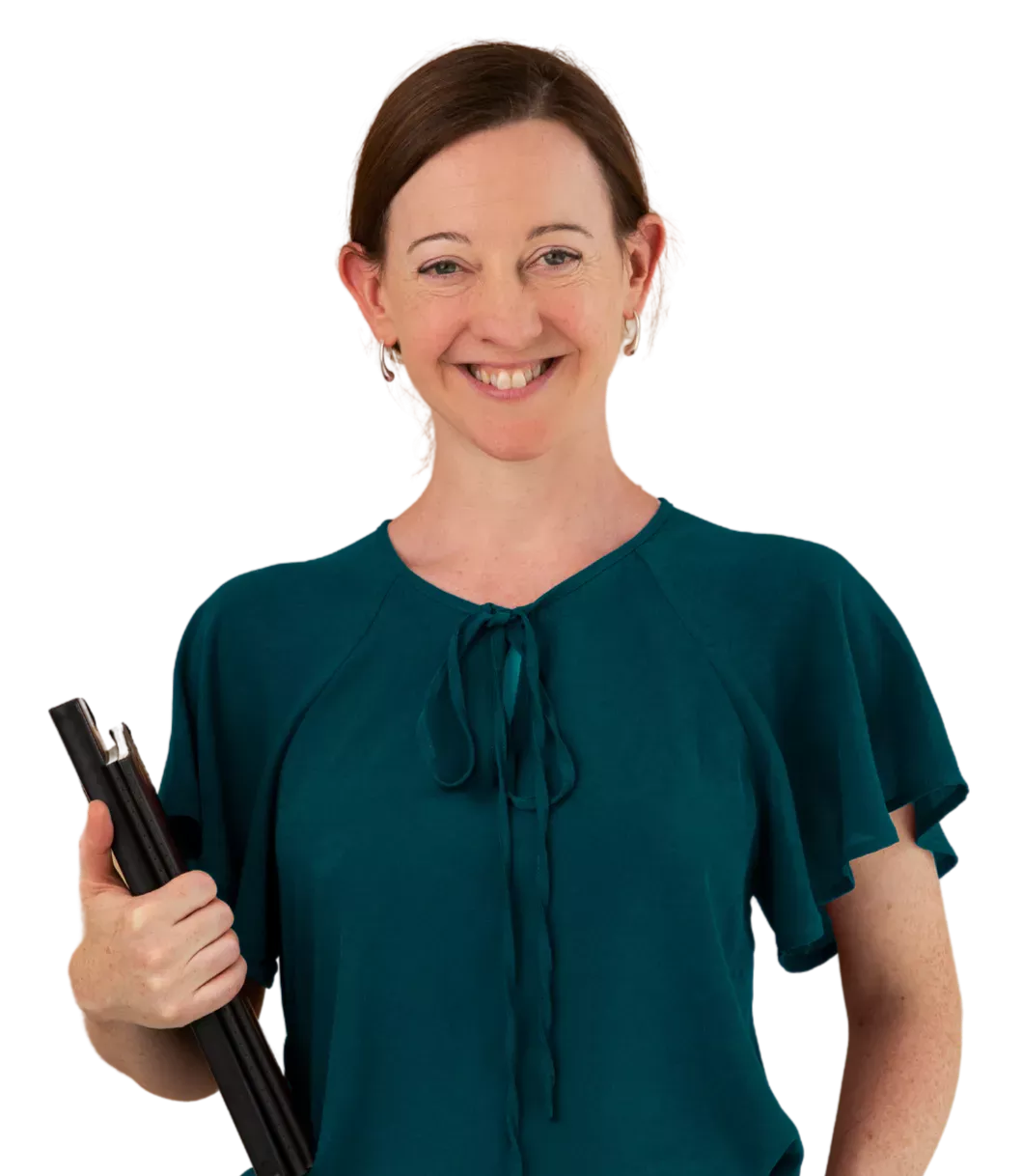Do you know how to make the present simple?
Watch the video here or read the explanation and do the exercises below.
Download this explanation in PDF here.
Click here for our complete programme to perfect your English grammar.
We need to use the Present Simple a lot in English, so it's really important to understand it well. Many students have problems with the form (or how to make it).
- If you'd prefer to learn about how to USE the Present Simple jump to this page.
- Or, click here for all the practice exercises about this tense.
Simple present tense with 'be'
The verb 'be' is different from the other verbs in this tense. Let's look at 'be' first:
Here's the positive form (positive means a normal sentence, not a negative or a question. This is sometimes called 'affirmative')
| Positive | Positive Short Form |
| I am | I'm |
| you are | you're |
| he is | he's |
| she is | she's |
| it is | it's |
| we are | we're |
| they are | they're |
